On the occasion of the traditional September keynote, we saw the presentation of the new iPhone 14 series. Specifically, Apple boasted four phones - iPhone 14, iPhone 14 Plus, iPhone 14 Pro and iPhone 14 Pro Max - which received quite interesting innovations and improvements. The Pro model drew attention in particular. This is because he got rid of the long-criticized upper cut-out, instead of which comes the so-called Dynamic Island, i.e. a space that changes dynamically based on the applications used, notifications and background activities.
It could be interest you
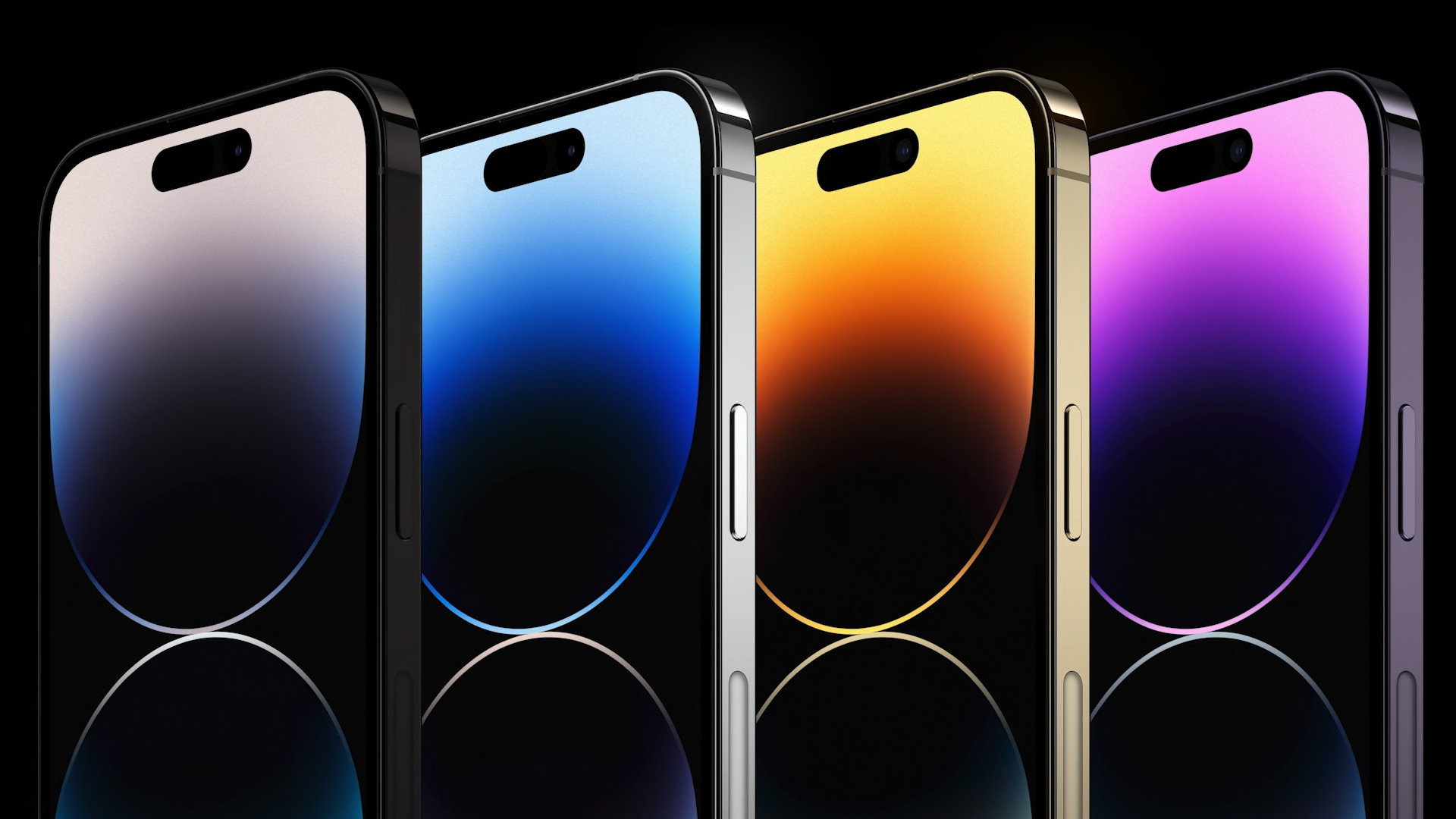
In the case of basic models, a rather interesting change is the cancellation of the mini model. Instead, Apple opted for the iPhone 14 Ultra, i.e. a basic model with a larger display, which, given preferences, could sell much better. To make matters worse, the new Apple phones even have a function for automatic detection of car accidents, high-quality displays and great improvements in the field of camera. But the new generation also brings an interesting novelty, which Apple did not even mention during its presentation. The iPhone 14 (Pro) will get a secondary ambient light sensor. But what is such a thing actually good for?
The iPhone 14 (Pro) will offer two ambient light sensors
As we mentioned above, the new generation iPhone 14 (Pro) will be the first to receive a total of two ambient light sensors. Previous iPhones always had only one sensor, which is located on the front of the phone and is used for adaptive brightness adjustment based on the ambient lighting. Practically, this is a component that ensures the correct functionality of the function for automatic brightness adjustment. Apparently, Apple could place the secondary sensor on the back. It will probably be part of an improved flash. But before we focus on what this component can be used for, let's focus on the competition.
In fact, it is strange that Apple is coming up with this news only now. When we look at competing phones from technology giants such as Samsung or Xiaomi, we can notice that we have been finding this gadget on their phones for years. The only exception is perhaps Google. The latter added a secondary ambient light sensor only in the case of the Pixel 6 phone, i.e. similar to Apple, significantly behind its competition.

Why do we need a second sensor?
However, the main question remains why Apple decided to implement a secondary ambient light sensor. Since Apple did not mention this news at all, it is not entirely clear what the component will be used for. Of course, the basis is the improvement of the automatic brightness function. However, according to experts, it depends heavily on the specific implementation and subsequent use. In any case, there are also certain situations when one sensor may not be enough, and it is precisely in this direction that it is appropriate to have another. In this case, the phone can compare the input data from two sources and, based on it, bring the best possible brightness optimization, which it might not be able to do with a single sensor. After all, it will be interesting to see how the new generation moves forward in this direction.
It could be interest you
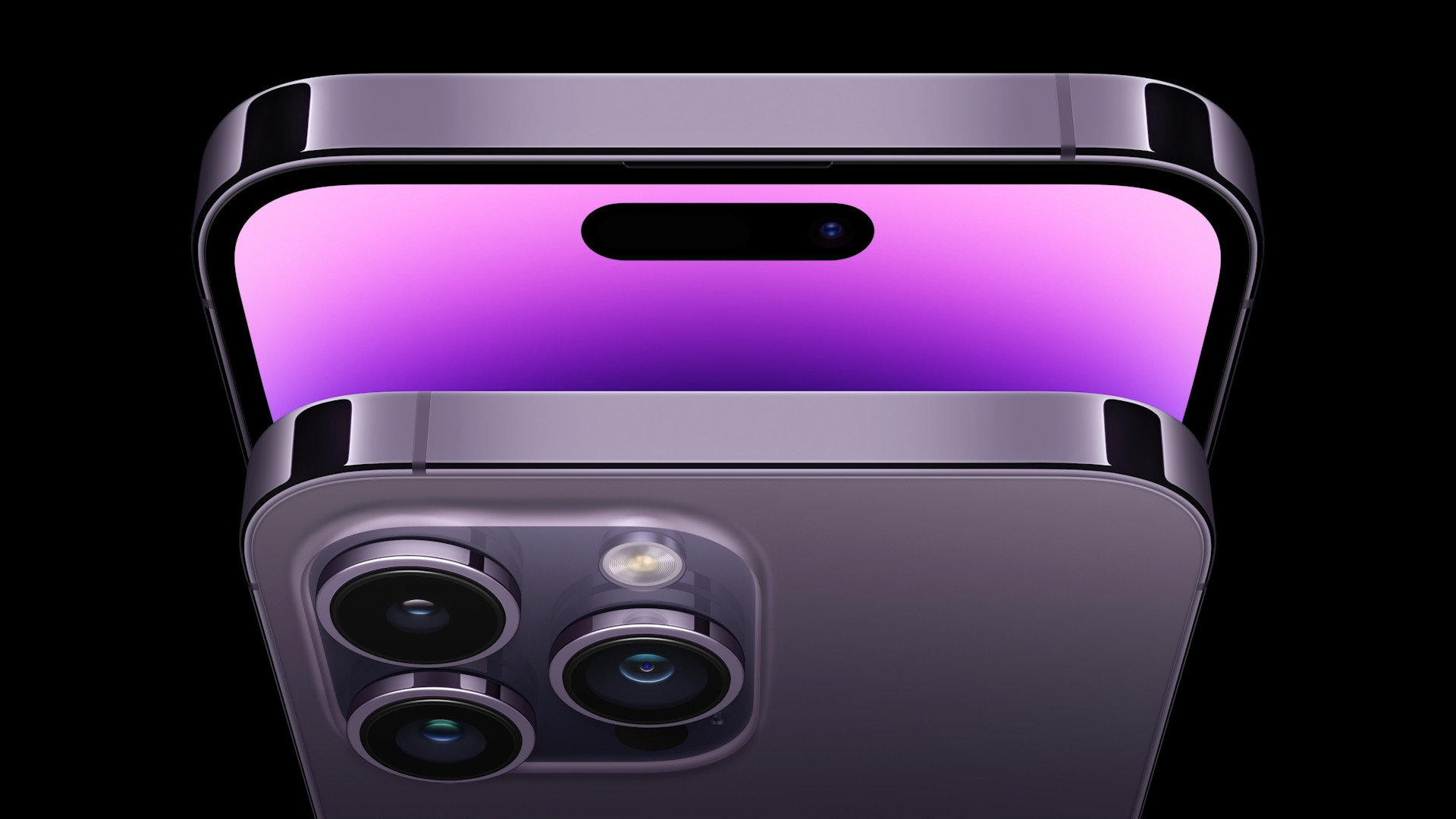

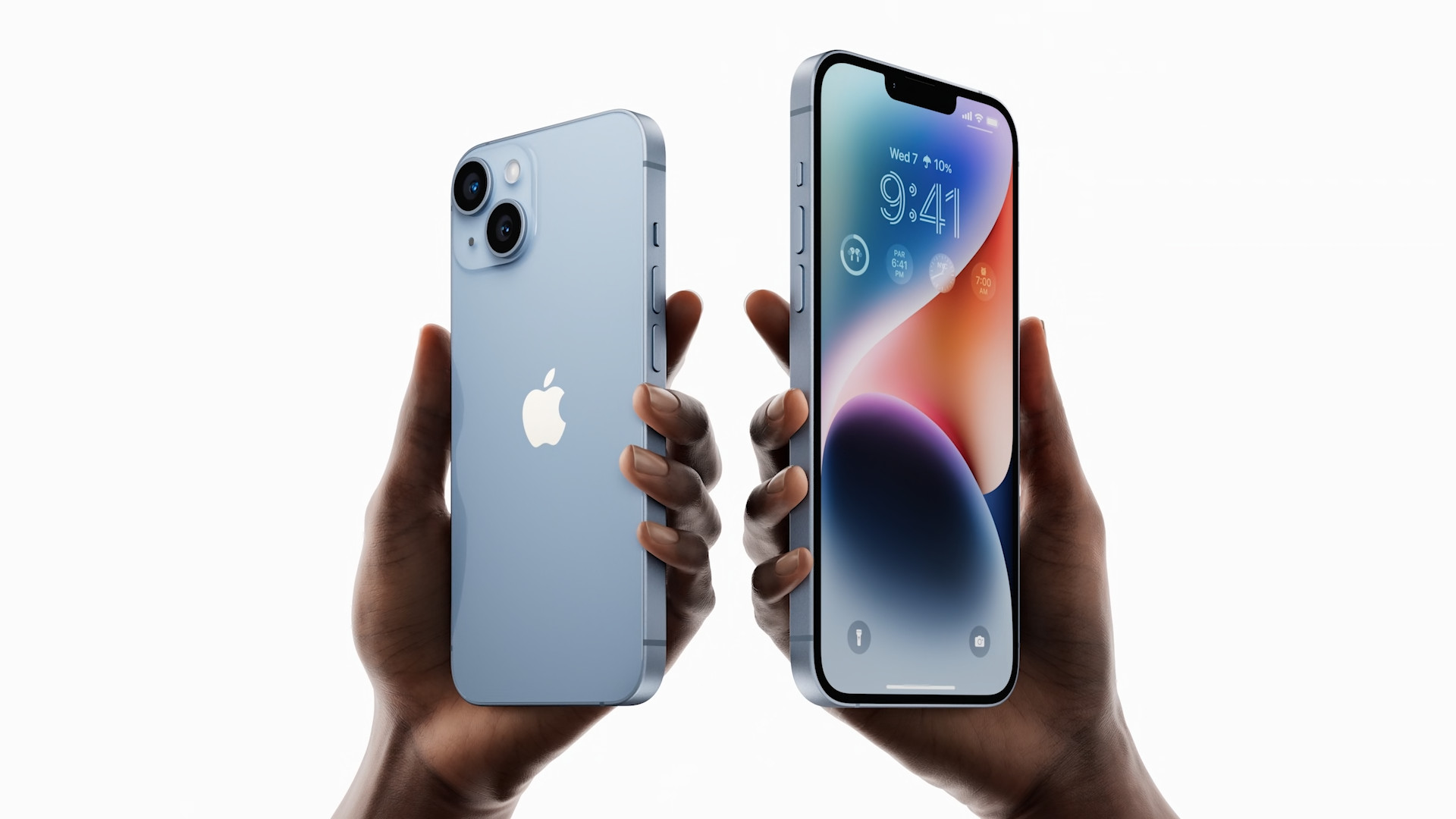
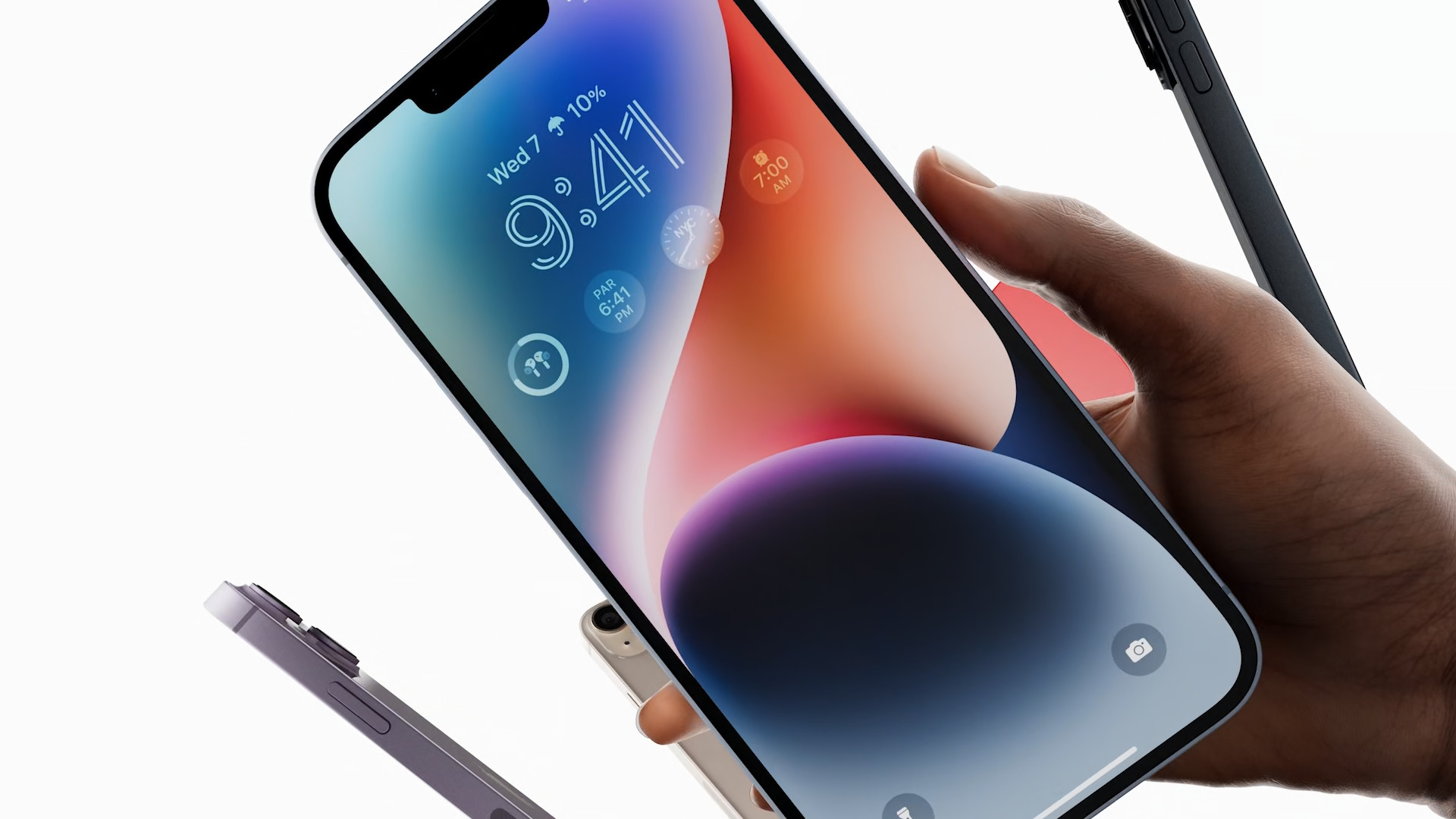


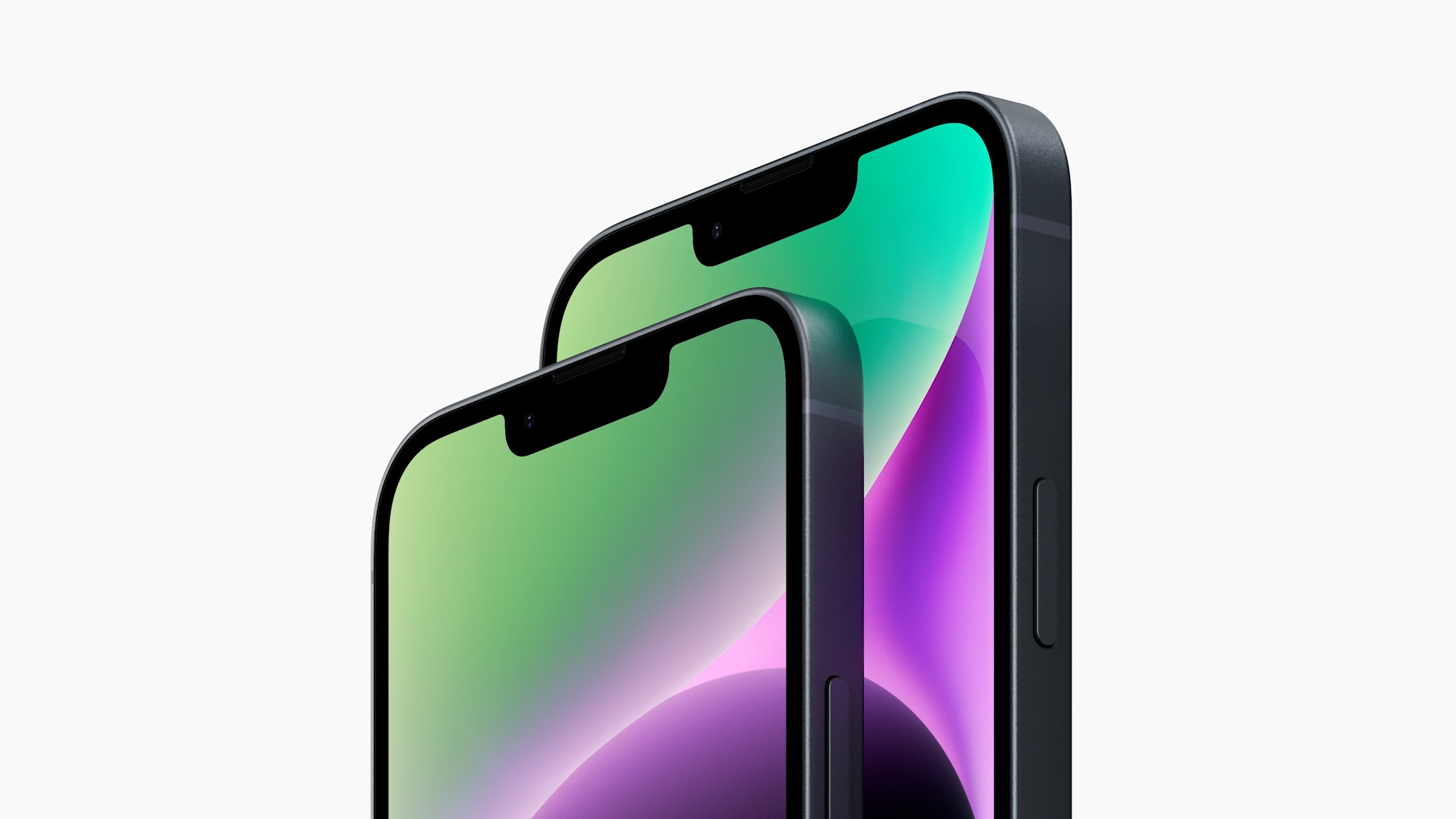
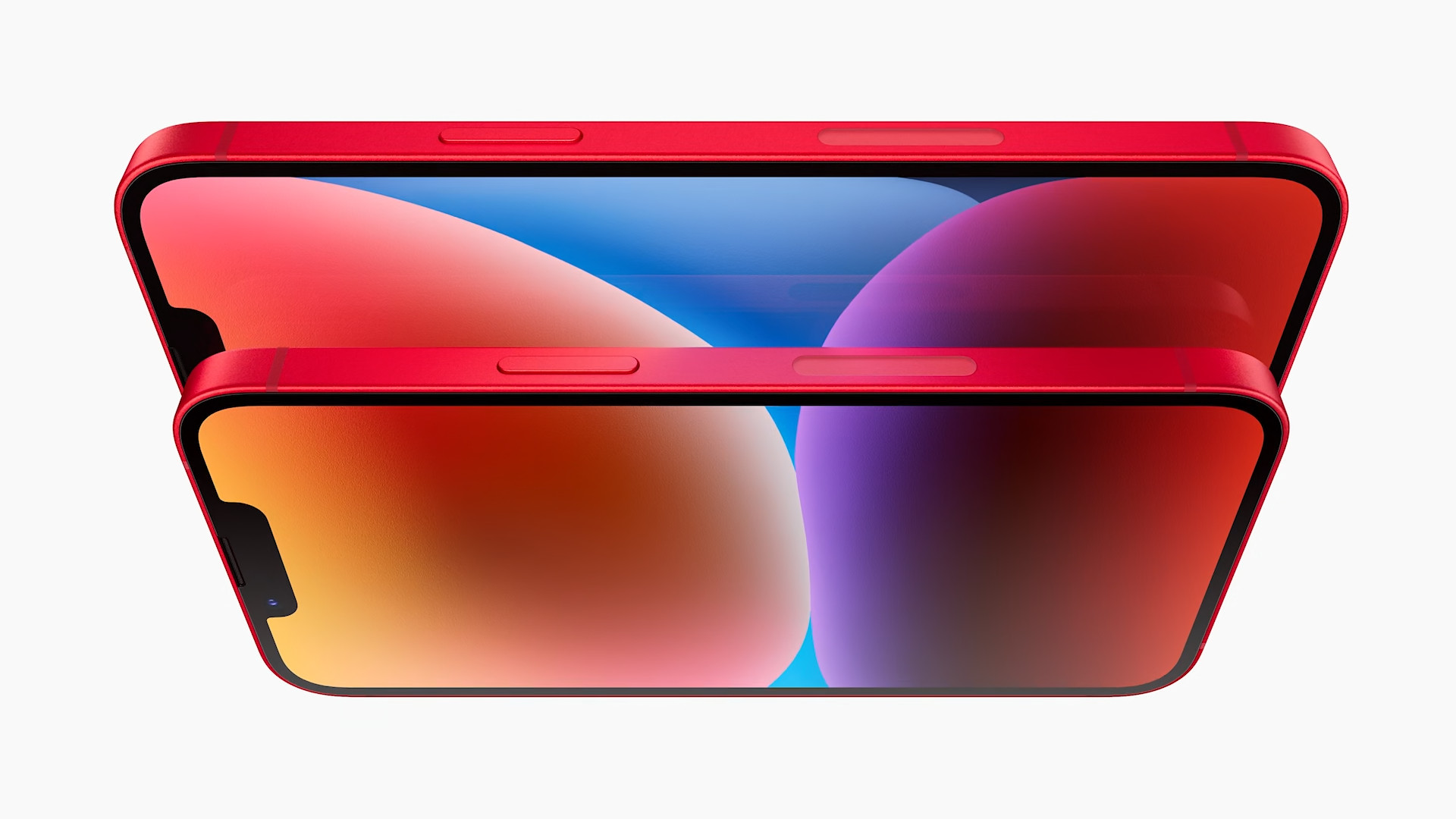

Standard for iPad
iPhone 14 Ultra? What the hell are you talking about there?